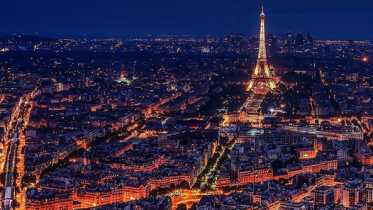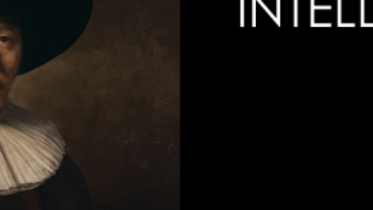Legal challenges of the contemporary art
- 07 November 2013
- Articles
Nowadays, the limits between Art and Law are constantly renewed. On the one hand, Art throughout history tries frequently to overstep those limits and, on the other hand, Law attempts mistakenly to adapt the new artistic manifestations according to the legislation in force.
In addition, the Internet and the new technologies opened an experimentation and cultural production field previously unexpected that introduces, maybe, the main challenge for Law nowadays.
A question which is considered when analyzing a work of art in order it to be legally defined: What should we understand by Art? Should a legal definition of Art be provided by Law? In effect, is there any definition for Art which could be used by Law for its legal treatment?
These questionings are determining to establish whether a work deserves protection or not and, if so, which would be the adequate protection. Before any kind of legal analysis, firstly we must be sure if we are in front of a work of art. Especially, the contemporary art is characterized by overstepping barriers, discovering new concepts, taking what exists and transforming it, creating meanings. The most representative manifestation is performance.
The performance or “live art” is defined by the commitment of the artist, in body and soul, with his/her works. In the performance the artist appears at stage. He/she is not always alone; occasionally the public must participate for the work to exist. This one was the case of the performance of Marina Abramovic “The artist is present” (2010), where she was seated in a chair on the ground floor of the Museum of Modern Art of New York (MoMa) during more than two months, day after day, more than 700 hours. The spectators took sit in front of her, sometimes for hours, without talking.
Legally, when a work of this kind is analyzed, it is worth asking: which are the limits of that participation? Could the spectators be owners of the work? Which work deserves protection?
Similar questionings arise with the performances where several artists participate during a determined period of time and space. This is the case of Burning Man Project, an annual collective construction in the desert of Nevada, United States, by which a multitude is gathered together for one week to generate artistic projects as a whole. The meeting ends with the burning of everything produced, avoiding the remaining of any trace, in an exaltation of the ephemeral.
Who is the owner of “Burning Man Project” and of the works which are part of it? Does a work which has “fleeting” life and then dessapear deserve protection? Is “Burning Man Project” itself a work?
In the light of the Argentine legislation as regards Copyright, all scientific, literary, artistic or educational production, regardless of the way in which it is reproduced, can be object of protection as long as it is original.
Therefore, we understand that all the artistic manifestations of the contemporary art, as long as considered original, would be included in the existing legal rules and, in consequence, they should respect the regulations established, adjusting to the peculiarities of each case.






